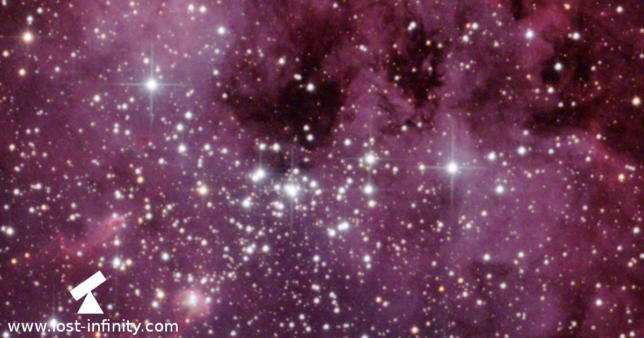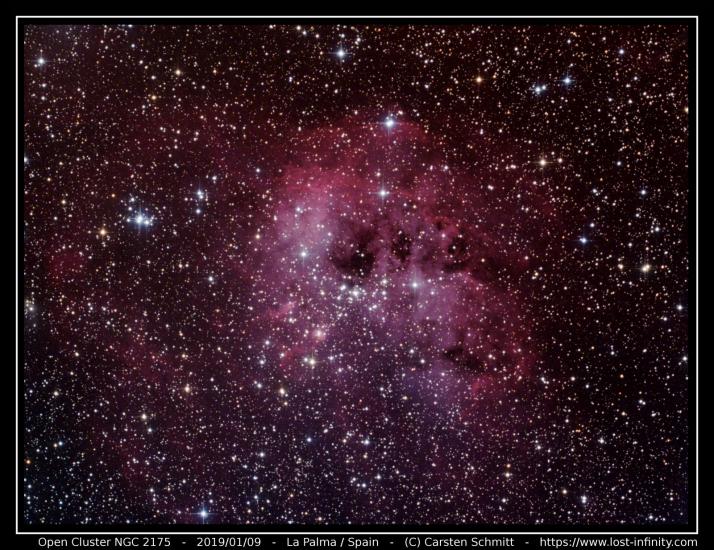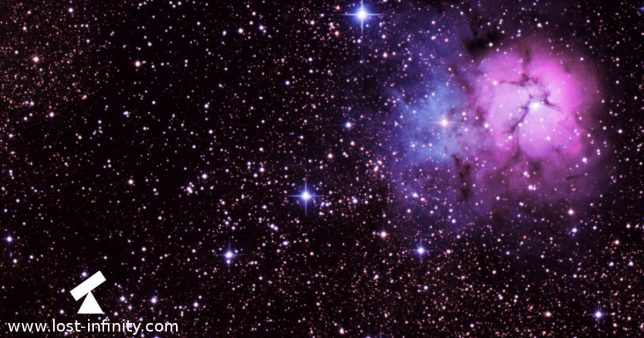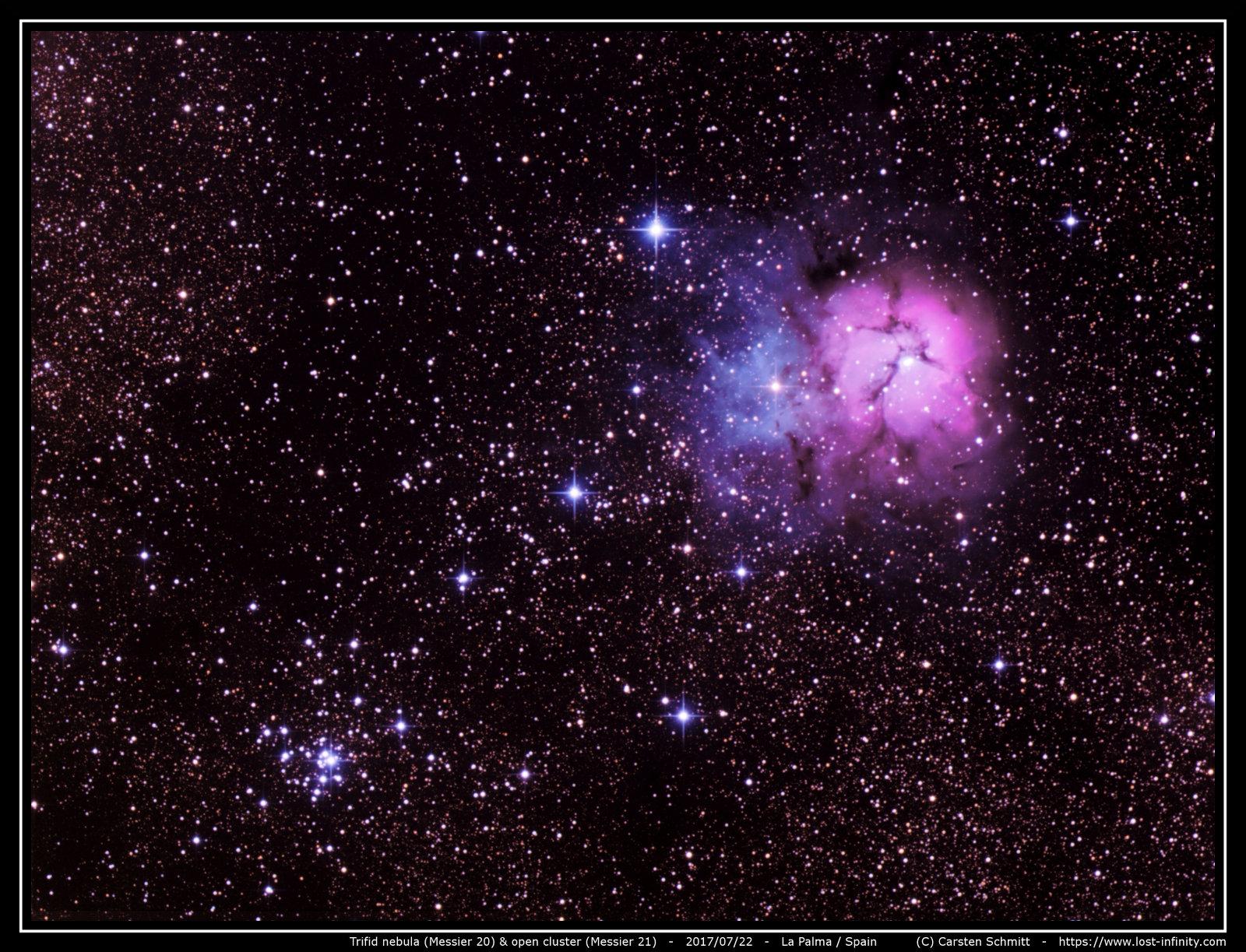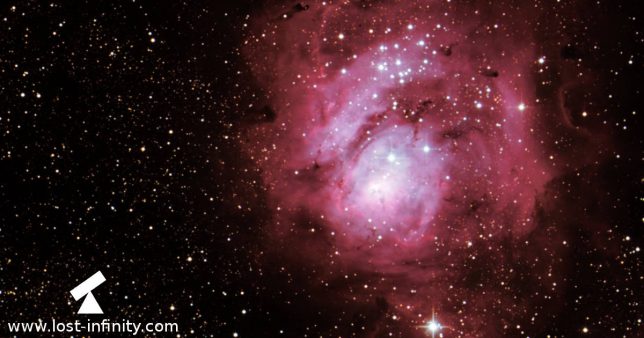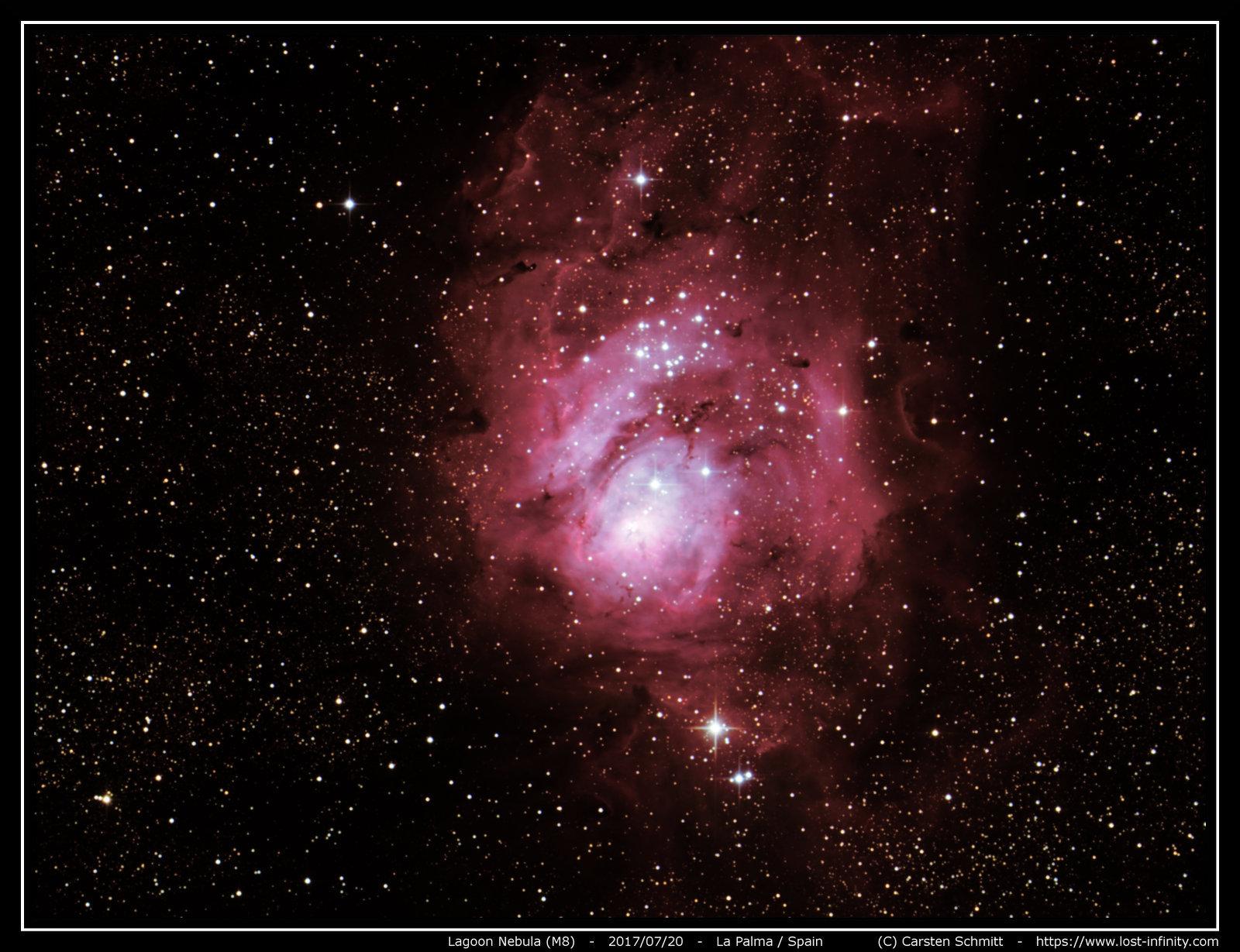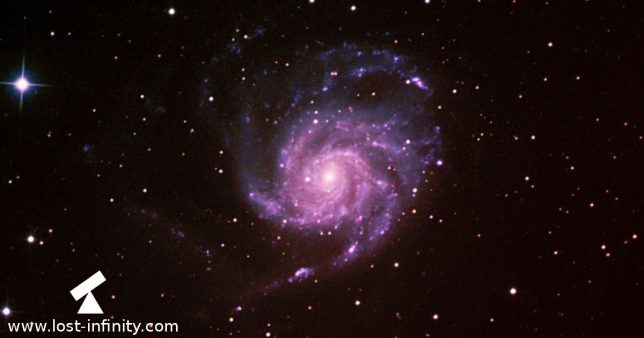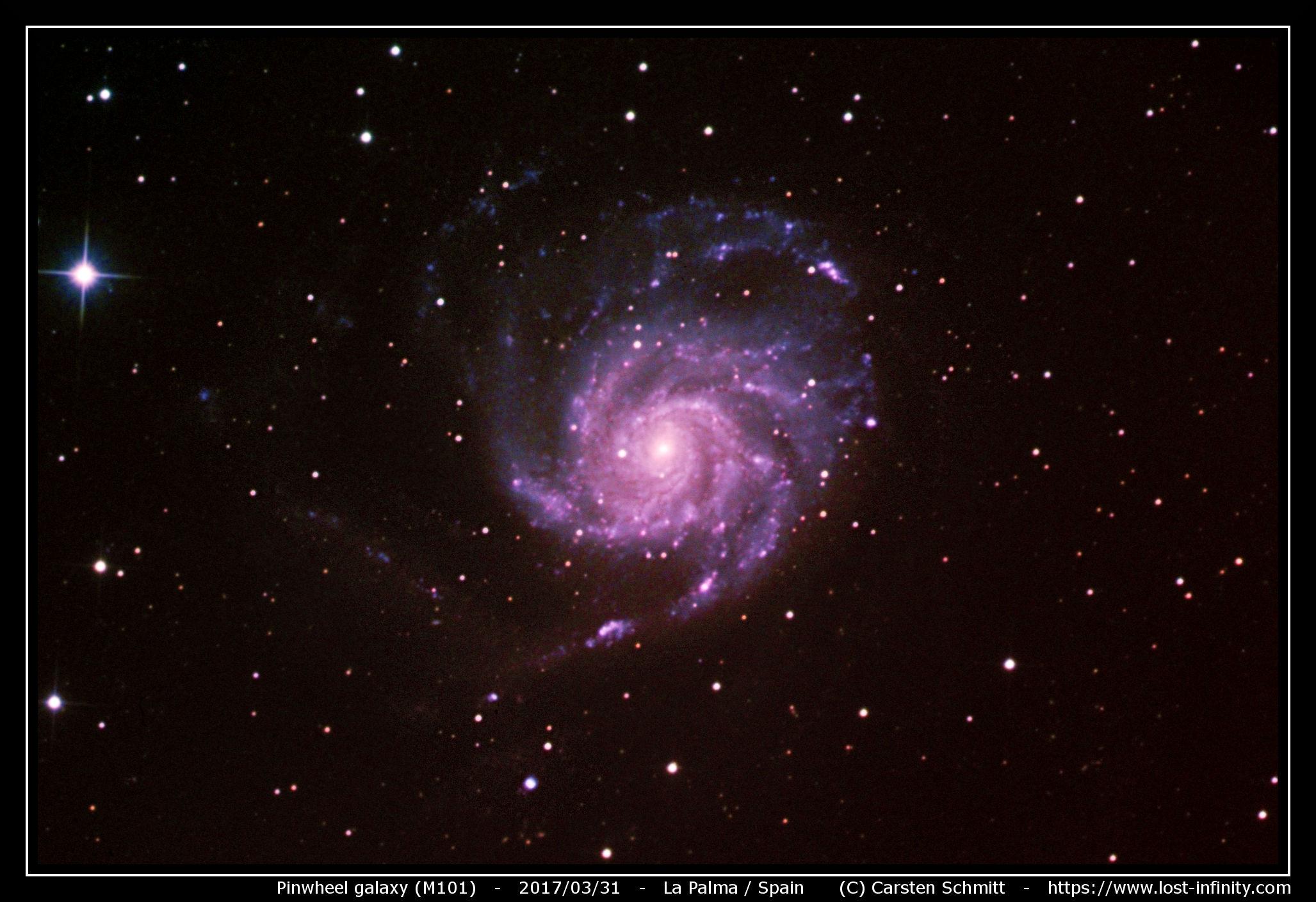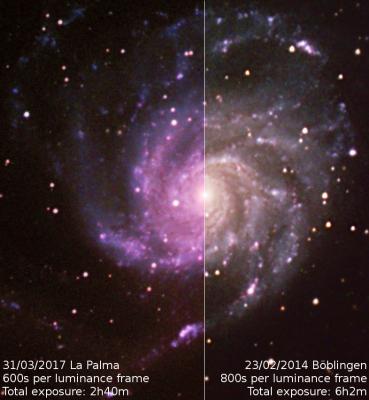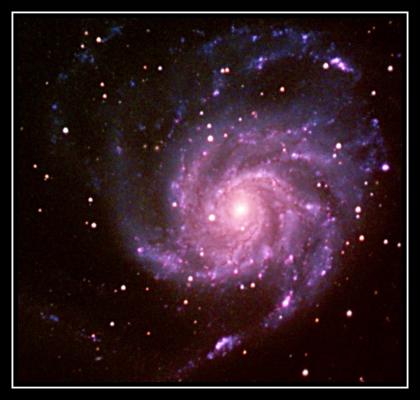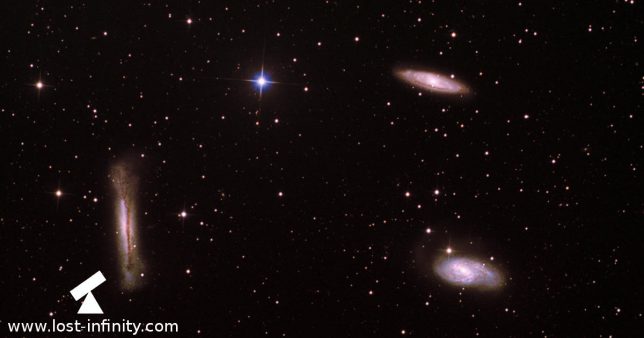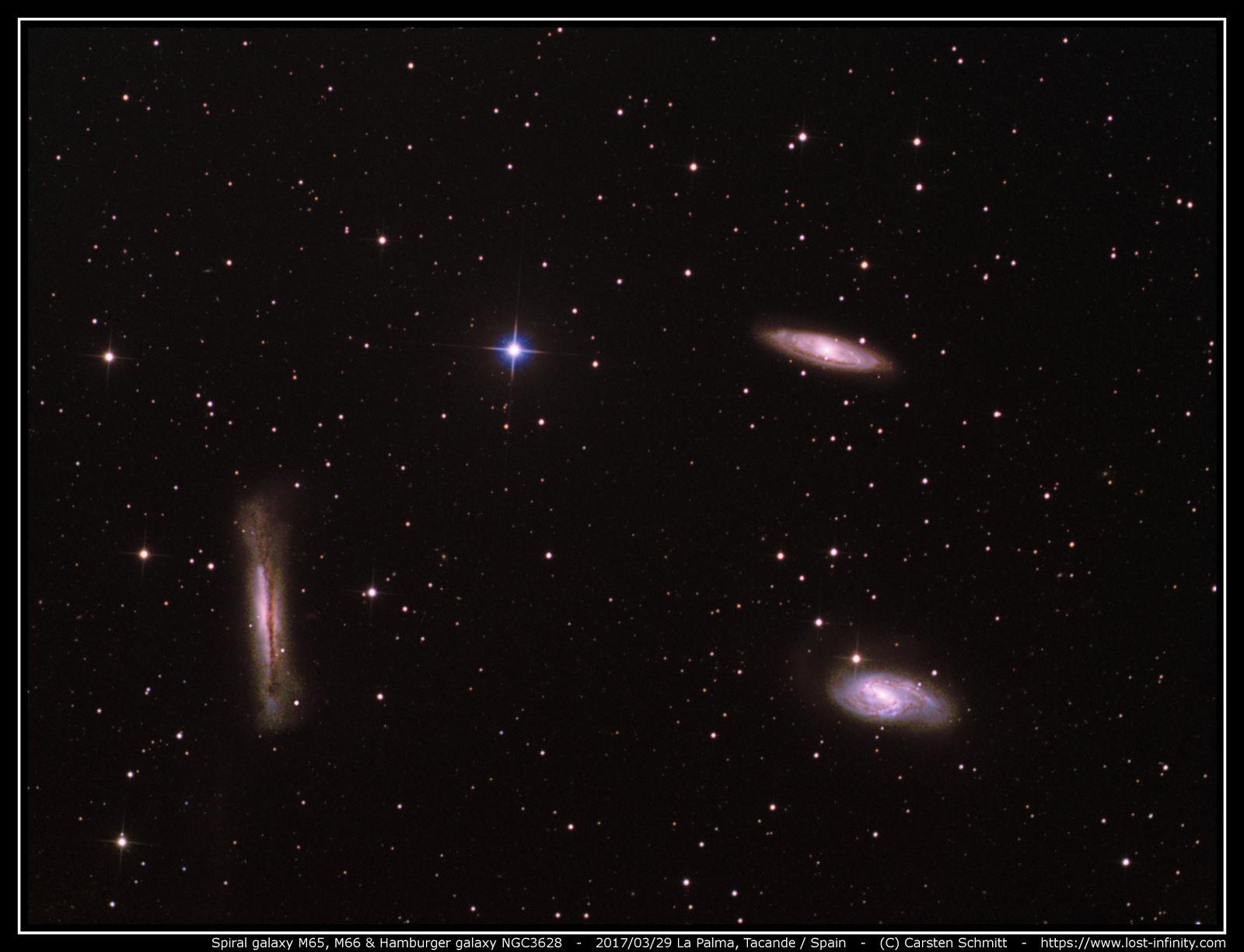 | Date | 2019/01/09 |
 | Location | La Palma / Spain |
 | Object | Open cluster NGC2175 |
 | Camera | Atik383L+ |
 | Guiding | yes, QHY5-II Mono via OAG |
 | Telescope | 8 |
 | Barlow lens | none |
 | Mount | EQ6Syntrek |
 | Cooling | -10°C |
 | Luminance | 8x 600s, bin: 1x1 |
 | Red | 7x 150s, bin: 2x2 |
 | Green | 7x 150s, bin: 2x2 |
 | Blue | 7x 150s, bin: 2x2 |
 | Dark | 2x |
 | Flat | 10x |
 | Total exposure | ~2h13m |
On Wednesday, 9th January I imaged the open cluster NGC2175 the first time from La Palma. The seeing tonight again was very good – around 1.5~2″!
For post-processing I used the free software DeepSkyStacker and GIMP.
The full resolution images is available here.
Clear skies!





























